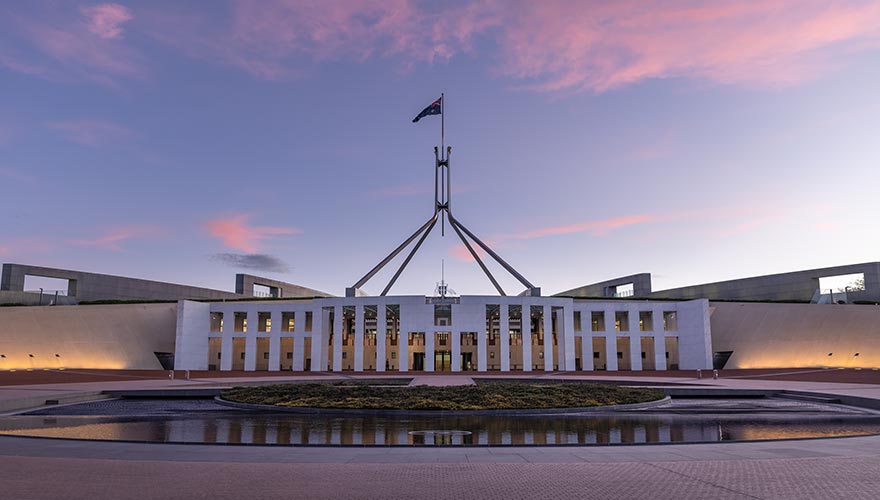The recent surge in Australia's net overseas migration (NOM) has sparked a national debate about the benefits and drawbacks of immigration. The ANU Migration Hub has released a paper that provides valuable insights into the factors contributing to this increase and offers recommendations for managing migration levels effectively. A key argument of the paper is that the government should not cap international student numbers, as this could lead to unpredictable fluctuations in NOM and negatively impact Australia's long-term economic growth.
Understanding Australia's Migration Program
The Australian migration program has two main rationales:
- Mitigating population aging: Immigration helps to maintain a younger workforce and support an aging population.
- Filling skilled labor shortages: Skilled migrants contribute to Australia's economic growth and productivity.
While both major political parties agree on the need to reduce the current high level of net migration, the ANU paper argues that focusing on temporary migration, rather than capping permanent migration, is the more effective approach.
The Myth of Permanently Temporary Migration
The paper challenges the notion of a "permanently temporary" migrant population, highlighting that most temporary entrants stay in Australia for less than five years. It criticises the Parkinson Review's recommendation to base the annual migration policy setting on NOM, arguing that this would be chaotic and impractical due to the unpredictable nature of temporary migration movements.
Net Migration in 2022-23: An Anomaly
The unprecedented level of net migration in 2022-23 was primarily due to a surge in temporary arrivals, particularly international students and working holiday makers, following the easing of COVID-19 restrictions. This surge was largely predictable and should not be used as a justification for capping permanent migration, which remains crucial for addressing Australia's long-term economic needs.
The Risks of Capping International Student Numbers
The paper warns that capping international student numbers could have several negative consequences:
- Loss of market share: Australia could lose its competitive edge in the global education market if it restricts international student numbers.
- Roller-coaster NOM: Capping student arrivals could lead to unpredictable fluctuations in NOM as departures increase while arrivals remain low.
- Negative impacts on universities: Staff reductions, course cuts, and reduced research output could result from a decline in international student enrolments.
Recommendations for Effective Migration Management
The ANU paper proposes several recommendations for managing Australia's migration intake effectively:
- Maintain the permanent migration program at its 18-year average level. This ensures a consistent and predictable flow of skilled migrants to address labor shortages and support economic growth.
- Curtail visa hopping onshore: Preventing temporary visa holders from switching to other temporary visas will reduce the number of people overstaying their visas and contributing to unpredictable fluctuations in NOM.
- Close dodgy educational institutions: This will protect international students from exploitation and ensure the quality of Australia's education sector.
- Do not cap international student numbers: Capping student numbers could harm Australia's reputation as a study destination and lead to negative economic consequences.
- Encourage temporary skilled visas: Temporary skilled migrants can transition to permanent residency and contribute to Australia's skilled workforce.
- Divide the Estimated Resident Population (ERP) into permanent and temporary components: This will provide a clearer picture of Australia's population dynamics and inform better policy decisions.
The ANU Migration Hub paper provides a comprehensive analysis of Australia's current migration challenges and offers a well-reasoned argument against capping international student numbers. By focusing on managing temporary migration and ensuring a consistent flow of skilled permanent migrants, Australia can address its economic needs while maintaining its reputation as a welcoming and diverse country.


































